In the field of sailing, the maintenance and care of boats are of vital importance, and the application of marine bottom paint is one of the key tasks. Boat bottom paint not only protects the hull from seawater corrosion, microbial attachment and ultraviolet rays, but also improves the navigation performance of the boat.
So, how many layers of boat bottom paint does the hull need to be coated with? What is the specific role of each layer of bottom paint? This article will answer these questions in detail to help boat owners better maintain their boats.
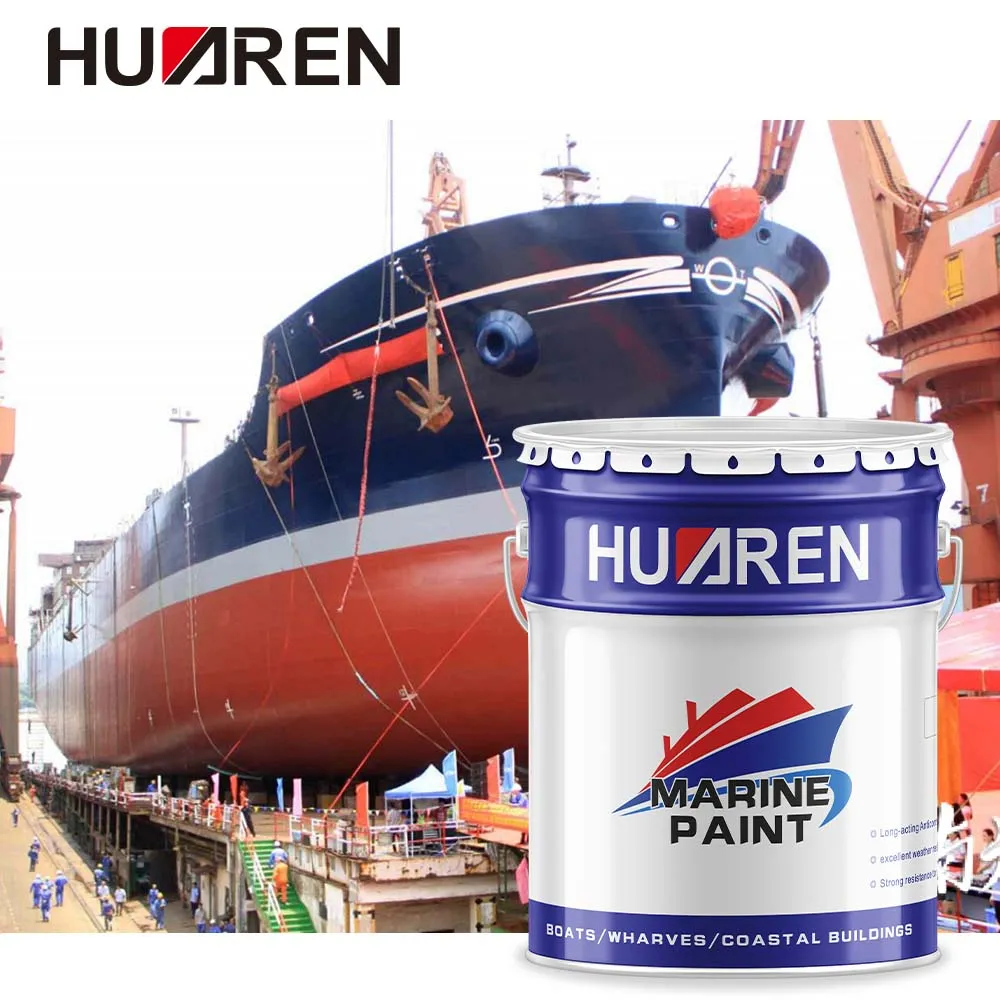
What is boat bottom paint?
Basic overview of boat bottom paint:
Boat bottom paint, also known as antifouling paint, is a coating specially used for the bottom of the boat. It has the functions of anti-corrosion, anti-fouling and enhancing the smoothness of the hull surface. According to the purpose and construction process, boat bottom paint is usually divided into three layers: primer, intermediate paint and topcoat, and each layer of paint has its unique role.
1. The role of primer: Primer is the first layer of paint applied directly to the surface of the hull. Its main function is to enhance the adhesion of marine bottom paint, prevent the paint film from peeling off, and provide preliminary anti-corrosion protection. Primer usually contains high concentrations of anti-rust pigments and resins to ensure its durability in the marine environment.
2. The role of intermediate paint: Intermediate paint is a layer of paint applied on top of the primer, mainly used to increase the thickness and durability of the paint film. The pigments and additives in the intermediate paint can further enhance the anti-corrosion performance of the paint film and provide a good adhesion basis for the topcoat.
3. The role of topcoat: Topcoat is the outermost layer of paint applied on top of the intermediate paint, and its main function is to provide the final protective and decorative effect. Topcoat has excellent UV resistance and weather resistance, and can effectively resist the damage of seawater, sunlight and other environmental factors.
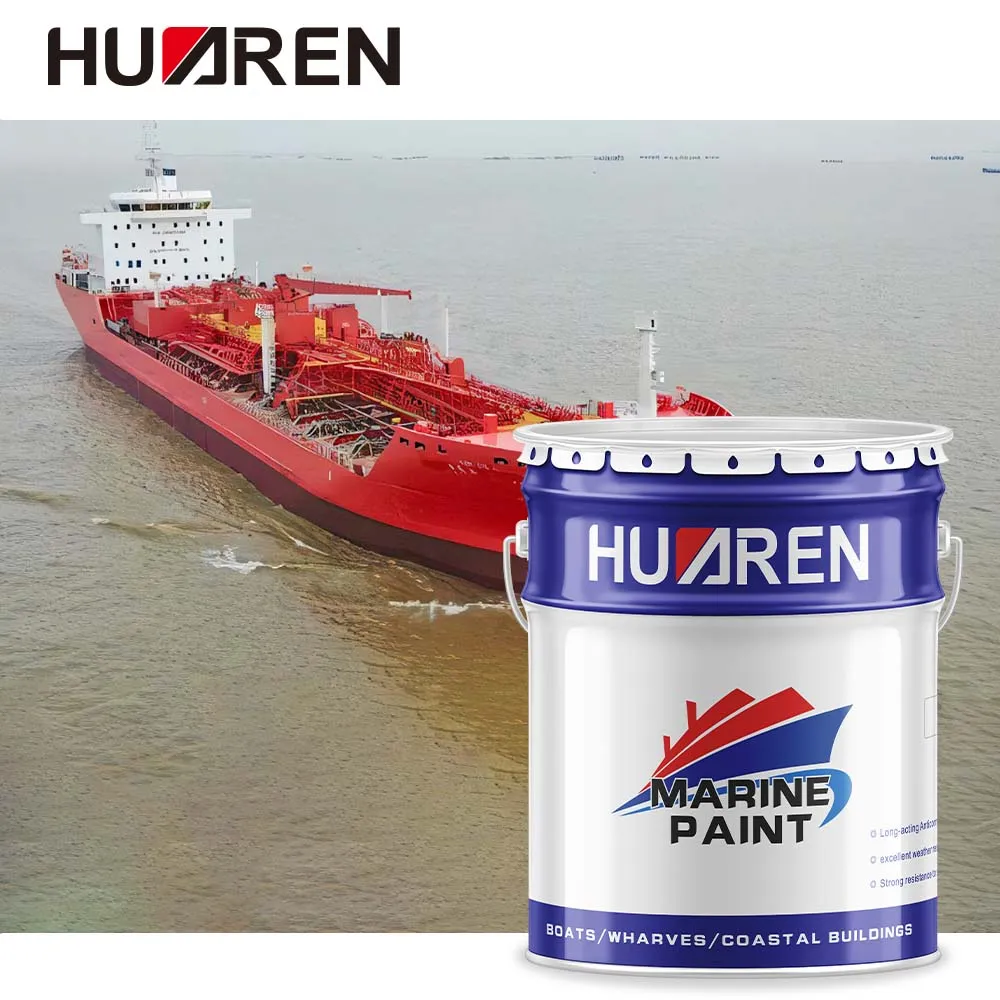
How many layers of marine bottom paint should my boat be painted?
Number of layers of marine bottom paint:
How many layers of marine bottom paint are applied depends on the use environment, materials and needs of the boat owner. Generally, the number of coats of boat bottom paint is three: one primer, one intermediate coat and one topcoat. But in some special cases, it may be necessary to increase the number of coats to provide stronger protection.
1. Number of coats in general situations:
For most boats, three coats of paint are standard. These three coats can provide comprehensive protection and ensure that the hull can remain in good condition in various environments.
2. Number of coats in special situations:
In some harsh environments, or for boats with higher protection requirements, the number of coats may need to be increased. For example, boats sailing in high-salinity waters, or boats whose hull materials are more susceptible to corrosion, can choose to apply four or more layers of boat bottom paint to provide stronger protection.
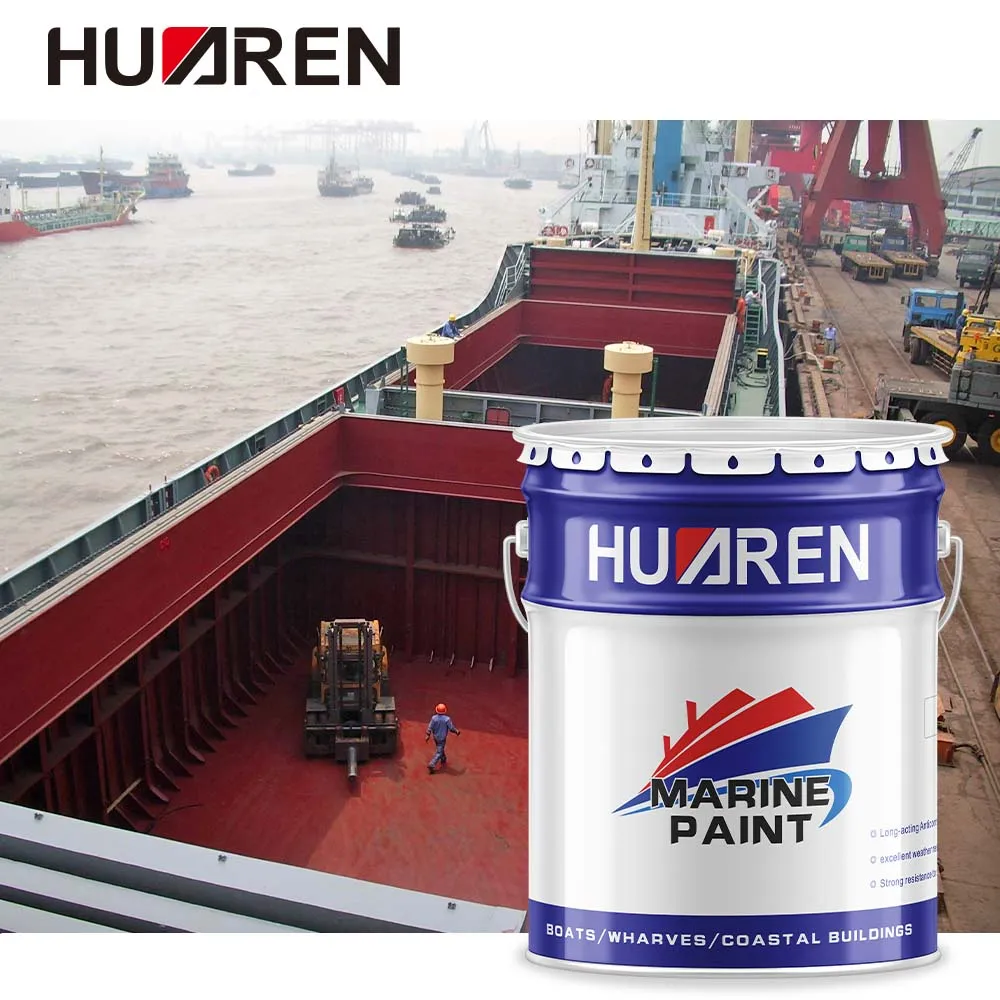
What is the specific role of each layer of primer?
We briefly introduced the role of each layer of primer earlier. Understanding the specific role of each layer of primer will help boat owners make more scientific decisions during maintenance. The following is a detailed analysis of the role of each layer of primer:
1. The role of the first layer of primer:
As the first layer of paint, the primer directly contacts the surface of the hull. Its main functions include: enhancing adhesion, preventing corrosion, and filling fine cracks.
● Enhanced adhesion: The primer can improve the adhesion of subsequent paint layers to the hull surface and prevent the paint film from peeling off.
● Anti-corrosion: The primer contains high concentrations of anti-rust pigments and resins, which can provide preliminary anti-corrosion protection and prevent the metal parts of the hull from rusting.
● Filling fine cracks: The primer has a certain filling property, which can fill fine cracks and unevenness on the surface of the hull, making the subsequent paint layer more uniform.
2. The role of the intermediate paint:
The intermediate paint is applied on the primer, and its main functions include: increasing the thickness of the paint film, enhancing durability and providing a good adhesion foundation.
● Increase the thickness of the paint film: The intermediate paint can increase the thickness of the paint film and improve the overall protective performance.
● Enhance durability: The special ingredients in the intermediate paint can further enhance the corrosion resistance and durability of the paint film.
● Provide a good adhesion foundation: The intermediate paint provides a good adhesion foundation for the topcoat, ensuring that the topcoat can firmly adhere to the surface of the paint film.
3. The role of the outermost layer of paint:
As the outermost layer of paint, the topcoat is directly exposed to the external environment. Its main functions include: providing final protection, anti-fouling and decorative effects.
● Provide ultimate protection: The topcoat has excellent UV resistance and weather resistance, and can effectively resist the damage of seawater, sunlight and other environmental factors.
● Antifouling: The antifouling ingredients in the topcoat can inhibit the attachment of microorganisms and marine organisms, and maintain the smoothness and cleanliness of the hull surface.
● Decorative effect: The topcoat provides a variety of colors and gloss options to make the hull look more beautiful.
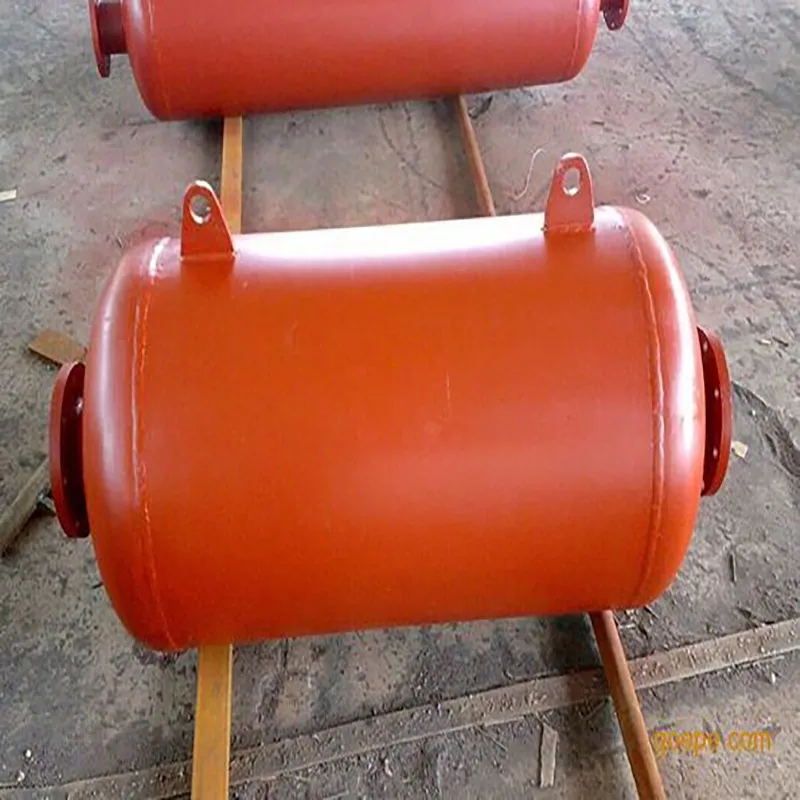
Construction and maintenance suggestions for applying boat bottom paint
Applying boat bottom paint requires professional construction technology and equipment, and the process must be strictly followed during the construction process. Here are some construction and maintenance suggestions to ensure the best effect of boat bottom paint.
1. Surface treatment:
Before applying the primer, the surface of the hull needs to be thoroughly cleaned to remove rust, dirt and old paint layers. Commonly used methods include sandblasting and high-pressure water jet cleaning, which can effectively remove impurities on the metal surface and enhance the adhesion of the primer.
2. Painting process:
The primer, intermediate paint and topcoat must be applied in layers, and the thickness and drying time of each layer of paint must be strictly controlled. Generally speaking, the thickness of each layer of paint should be between 100-150 microns, and the interval between each layer of paint should be determined according to the drying time of the specific paint.
3. Regular inspection and maintenance:
After applying marine bottom paint, the integrity and protective effect of the paint film should be checked regularly. Through regular inspection, the damage of the paint film can be discovered and repaired in time, extending the service life of the paint film. At the same time, regular cleaning and maintenance can also maintain the smoothness and cleanliness of the hull surface.
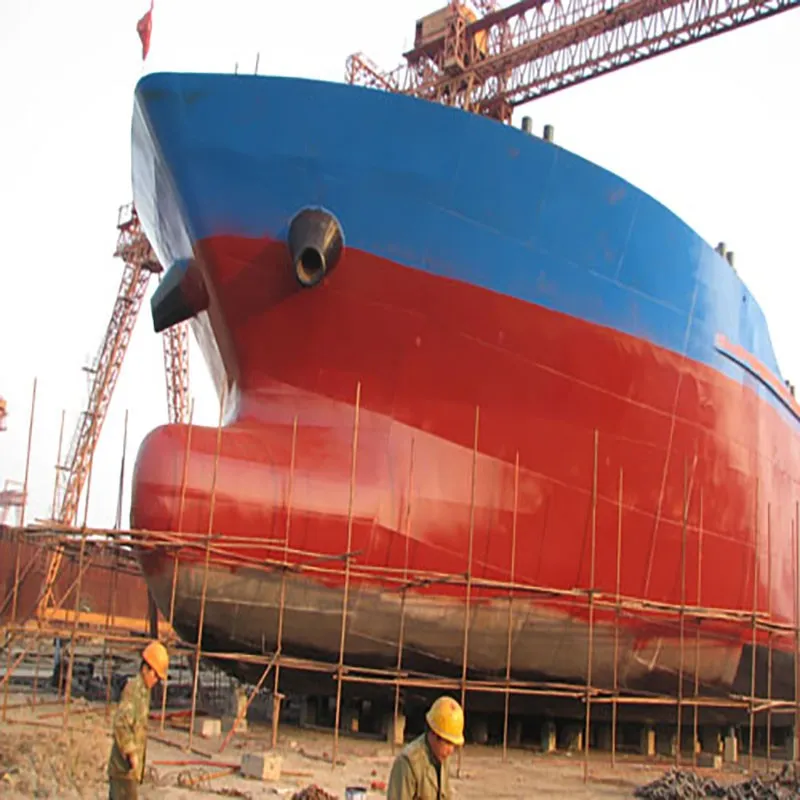
Conclusion on how many layers of boat bottom paint should be applied to the boat
Through detailed analysis, we can draw the following conclusions:
● The number of coatings of boat bottom paint is usually three layers: including one primer, one intermediate paint and one topcoat. For special cases, such as ships sailing in harsh environments, you can choose to increase the number of coatings to provide stronger protection.
● The role of each layer of primer: primer enhances adhesion and provides preliminary anti-corrosion protection; intermediate paint increases film thickness and durability; topcoat provides final protective effect and decorative effect.
By scientifically and rationally selecting and using marine bottom paint, the hull can be effectively protected from seawater corrosion and microbial attachment, the navigation performance of the ship can be improved, and its service life can be extended.

